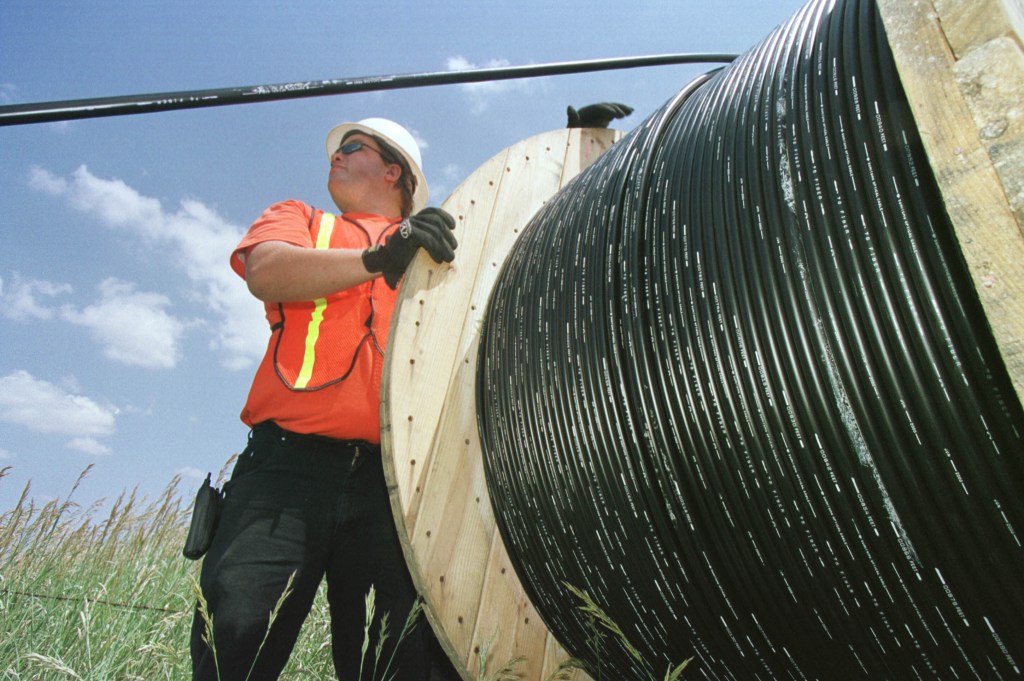America’s broadband infrastructure is a nightmare. Speeds are low, prices are high, and the government doesn’t have an accurate map of who has what. For years, the Federal Communication Commission under Ajit Pai was part of the problem. Under new leadership, it is now taking slow steps to change that: First on the agenda is mapping the existing broadband internet infrastructure. To that end, the FCC would like to know how bad your internet sucks.
The push to draw new broadband maps is part of the FCC’s new Broadband Data Collection program.
Videos by VICE
“Far too many Americans are left behind in access to jobs, education, and healthcare if they do not have access to broadband,” Acting FCC Chairwoman Jessica Rosenworcel said in a press release. “Collecting data from consumers who are directly affected by the lack of access to broadband will help inform the FCC’s mapping efforts and future decisions about where service is needed.”
The FCC’s current broadband map is so bad that it borders on fantasy. At my own home address in South Carolina, the FCC is reporting I can get broadband from companies that no longer exist at speeds I sincerely wish were possible. According to the FCC’s map, I could be surfing a fiber connection at speeds of 1,000 Mbps down. That would be amazing, but it’s simply not true.
The maps are so bad, in part, because the FCC’s methodology is horrible. A 2018 Government Accountability Office report on the FCC’s broadband initiative on tribal lands found that the Commission counted entire blocks as “serviced” if one home on the block had the internet. “This leads to overstatements of service for specific locations like tribal lands,” the report said.
The FCC has also dramatically underestimated the number of Americans living without broadband access at all. According to the FCC, roughly 19 million people in the U.S. go without broadband. Independent researchers think the real number is double that. The FCC also currently defines broadband as anything 25 Mbps down and 3 Mbps, a pathetic speed that most people wouldn’t consider good or reliable service.
The pandemic forced many of us to work from home and rely on unstable connections. Zoom, 4K streaming, and downloading video games helped everyone during quarantine. It also made obvious what many people already knew: America’s internet is bad. Earlier this month, a group of bipartisan senators sent a letter to the FCC demanding it update its definition of broadband to a minimum of 100 Mbps. That kind of definition change would radically alter the FCC’s maps of who does and doesn’t have broadband in this country.
That’s a good thing. We can’t fix the internet infrastructure in America if we can’t see how bad it is. Changing the definition of broadband and helping the FCC remap the country is part of that effort. To help them understand how bad it is, fill out this brief form and let the FCC know what the internet is like in your area.




